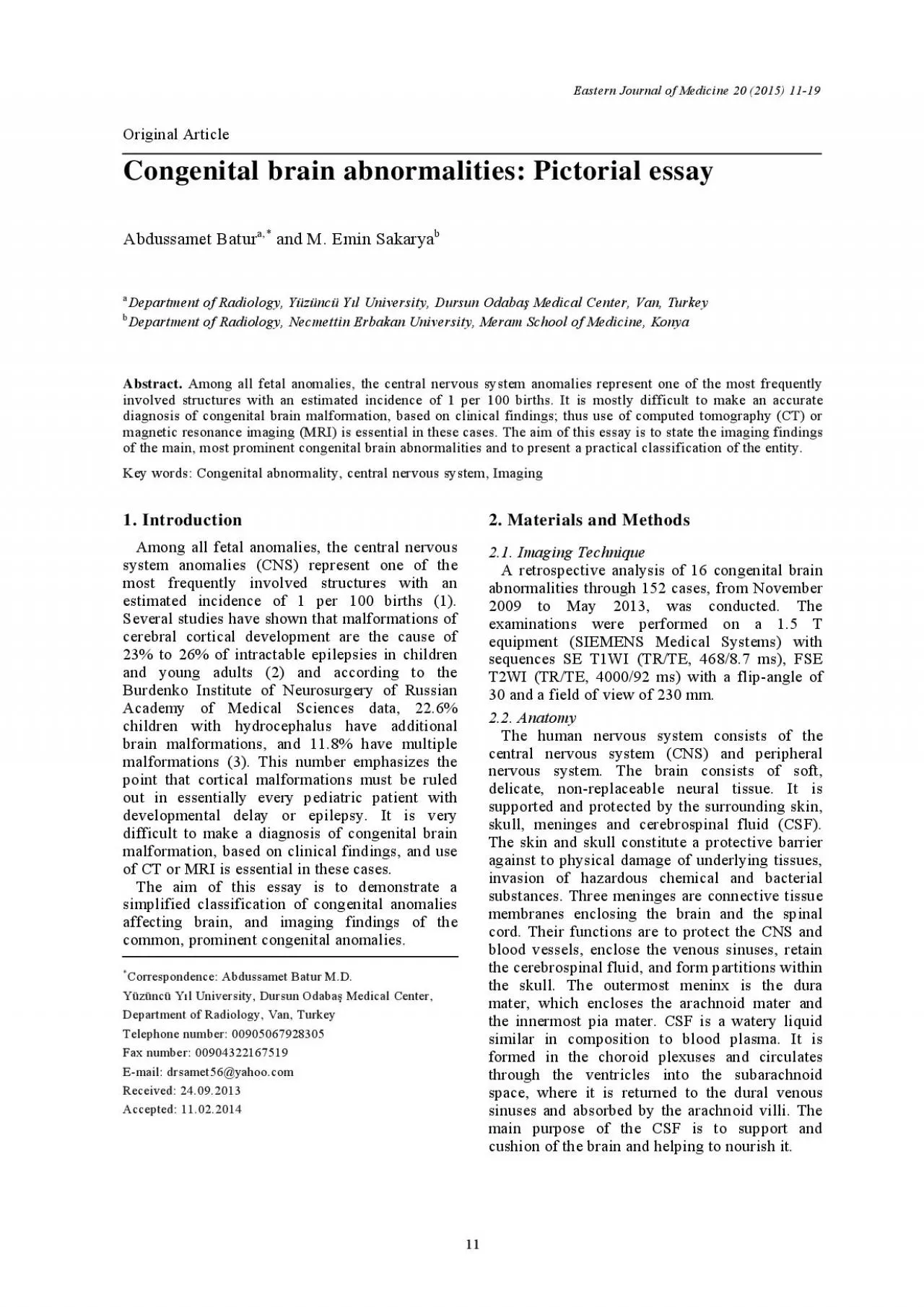

Fig 8 Axial T2 weighted image A shows widely separated parallel lateral ventricles with colpocephaly arrows and small and pointed frontal horns arrowheads Sagittal T1 weighted image B sho ID: 942357
Download Pdf The PPT/PDF document "Eastern Journal of Medicine 20 2015 1119..." is the property of its rightful owner. Permission is granted to download and print the materials on this web site for personal, non-commercial use only, and to display it on your personal computer provided you do not modify the materials and that you retain all copyright notices contained in the materials. By downloading content from our website, you accept the terms of this agreement.
Eastern Journal of Medicine 20 (2015) 11-19 Original Article Fig. 8. Axial T2 weighted image (A) shows widely separated, parallel lateral ventricles with colpocephaly (arrows), and small and pointed frontal horns (arrowheads). Sagittal T1 weighted image (B) shows agenesis of corpus callosum and the cingulate sulcus and gyrus, high riding third ventricle (arrow) with spoke-like orientation of g
yri around it (arrowheads). Fig. 9. Axial T2 weighted image (A) shows enlarged fourth ventricle and its typical umbrella appearance (arrows). Axial T1 weighted image (B) shows the typical molar tooth appearance of midbrain (arrows) and small vermis (arrowhead). gray/white matter junction; lack of normal arborization of the white matter; and heterotopia within cerebellar hemispheres (Fig.
10) (9). 3.2.7. Unilateral Cerebellar Hypoplasia Unilateral cerebellar hypoplasia is a relatively rare malformation. On the basis of MRI findings, cerebellar malformations can be divided into those associated with hypoplasia and those with dysplasia; each type can show either focal or diffuse malformations (Fig. 11). Focal cerebellar hypoplasia can be further subdivided into isolated ve
rmis hypoplasia or hypoplasia of one cerebellar hemisphere. Unilateral cerebellar hypoplasia may be an incidental finding in a patient with no Eastern Journal of Medicine 20 (2015) 11-19 Original Article Fig. 13. Axial T1 weighted image shows a smooth outer cortical layer with near absent gyri, taking on a figure-8 appearance. Cerebral white matter is underdeveloped
and the lateral ventricles are dilated. heterotopias can be focal or diffuse. Subependymal heterotopias are the most common, seen as nodules indenting the ventricles. Heterotopic gray matter is isodense with gray matter on CT and isointense with gray matter on MRI (Fig. 14A) (6). Focal cortical dysplasia is the name given to a malformation in which the cortex has abnormal lamination, an
d abnormal cells are seen in the cerebral cortex and underlying white matter, often extending all the way to the wall of the lateral ventricle (Fig. 14B) (12). Neuroimaging studies are quite characteristic. When the involved region of brain is large, the conical gyral pattern will be abnormal, with broad gyri and large, irregular sulci (13). 3.4. Disorders of Diverticulation and Cleavage
3.4.1. Holoprosencephaly It is a spectrum of congenital structural forebrain anomalies and is the most common malformation involving face and brain together. Its hallmark is monoventricle with non-cleaved frontal lobes. Also there is non-cleavage of diencephalon, and at times basal ganglia and thalami. Sylvian fissures are displaced anteriorly, resulting in increased sylvian angle (6). It is a
spectrum with three forms, alobar, semilobar and lobar. Alobar holoprosencephaly is the most severe form. Affected fetuses are often spontaneously aborted. On imaging, the brain is small and the hemispheres are completely fused as one entity. The basal ganglia and thalami are also fused. The ventricular system is seen as a single cavity and is in continuity with a large dorsal cyst (Fig. 15) (
5). In semilobar holoprosencephaly facial anomalies are variable, rudimentary occipital horns of lateral ventricles are present and falx is partially present (14). Fig. 14. Sagittal T1-weighted image (A) shows heterotopic gray matter (arrow). Axial T2 weighted image (B) through the parietal region shows heterotopic gray matter on right side and dysplatic cortex on left side, respectively (ar